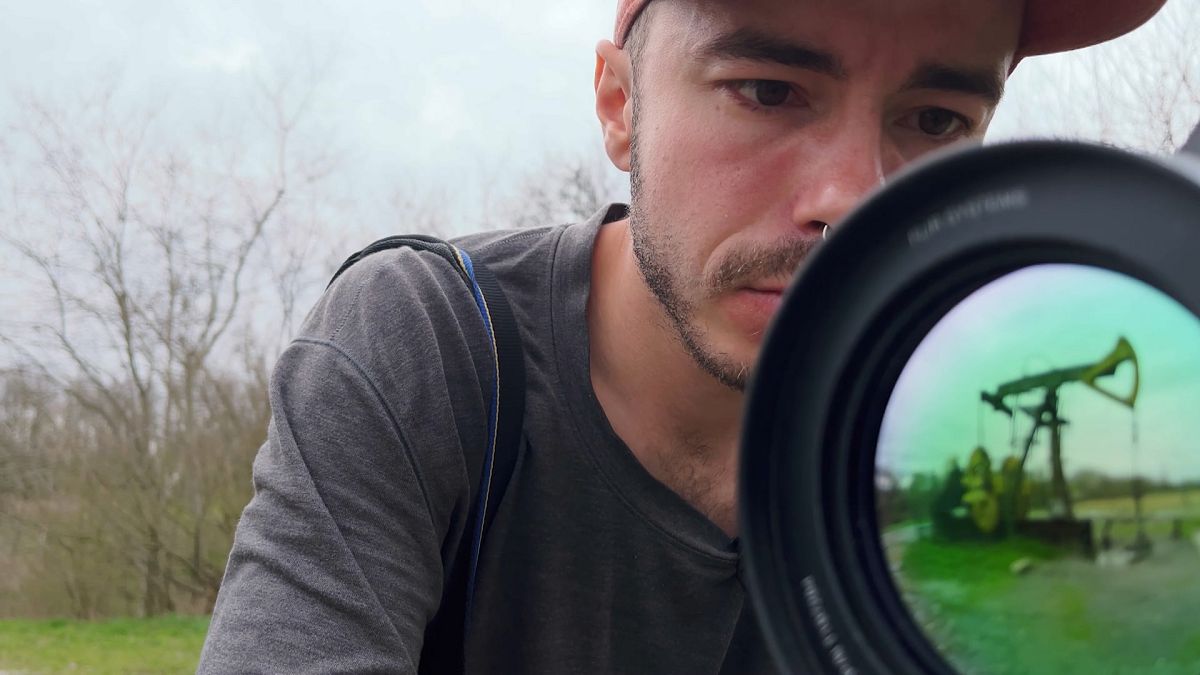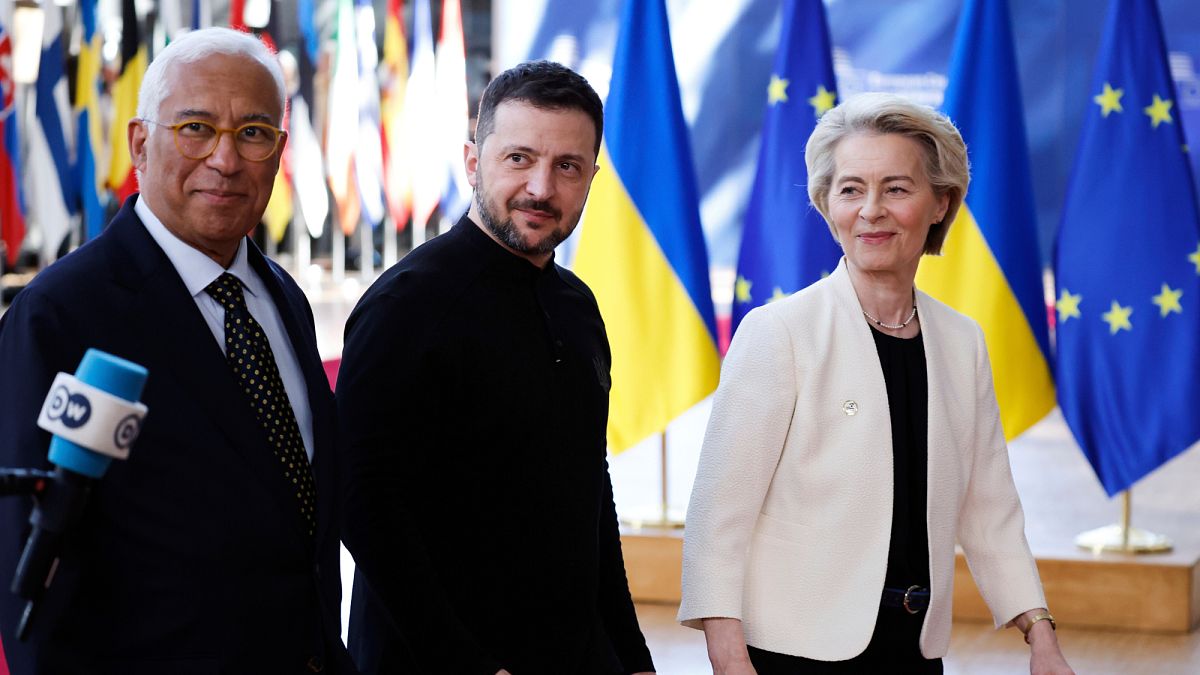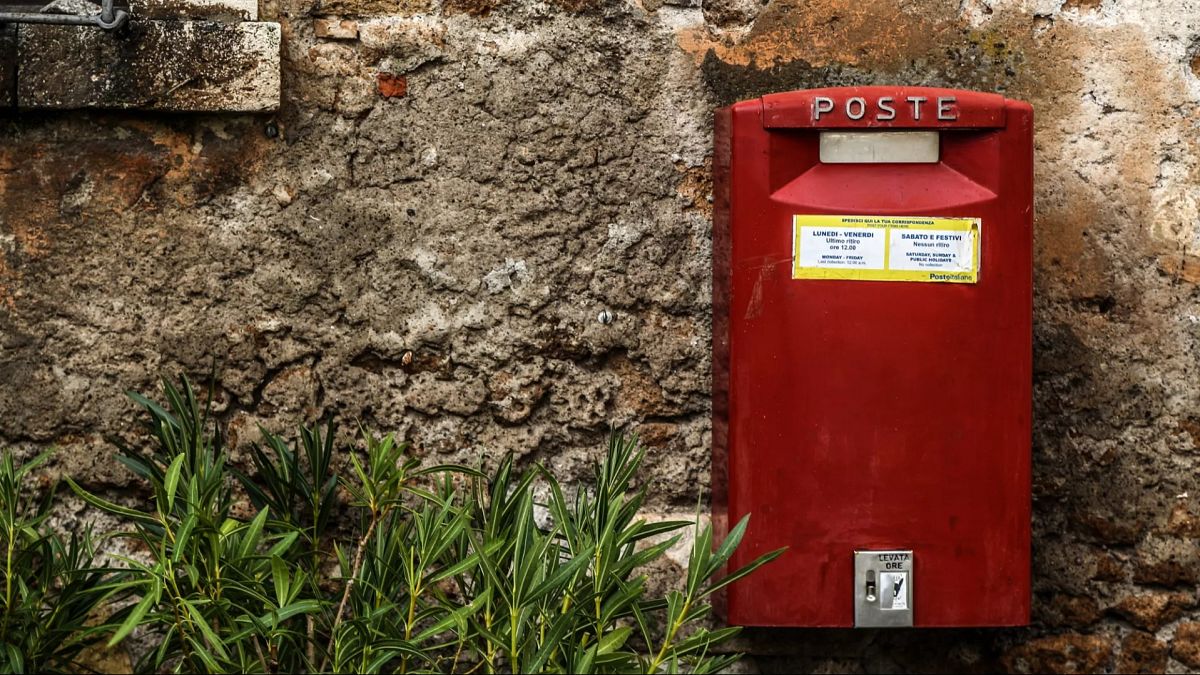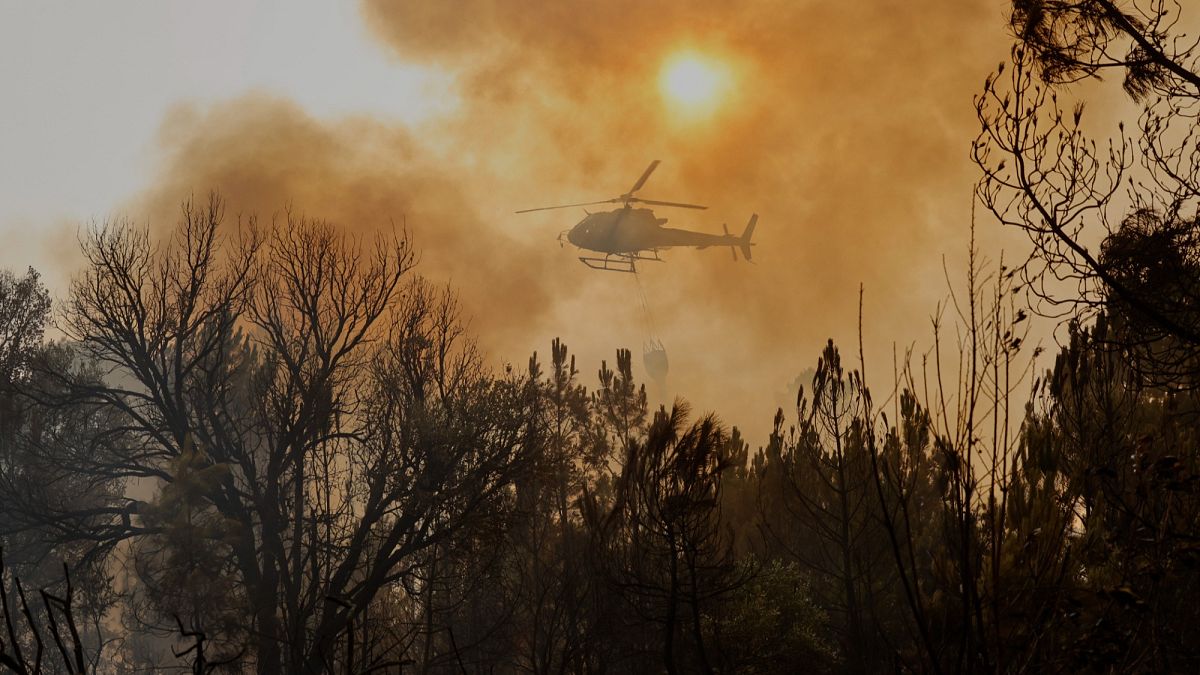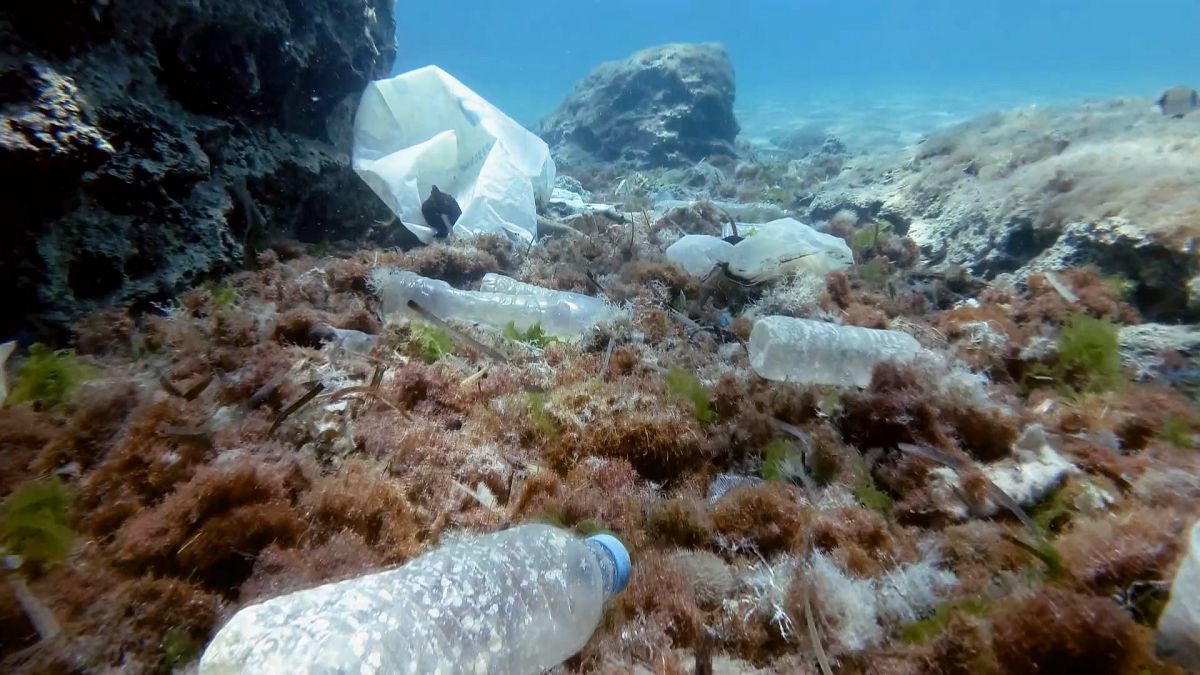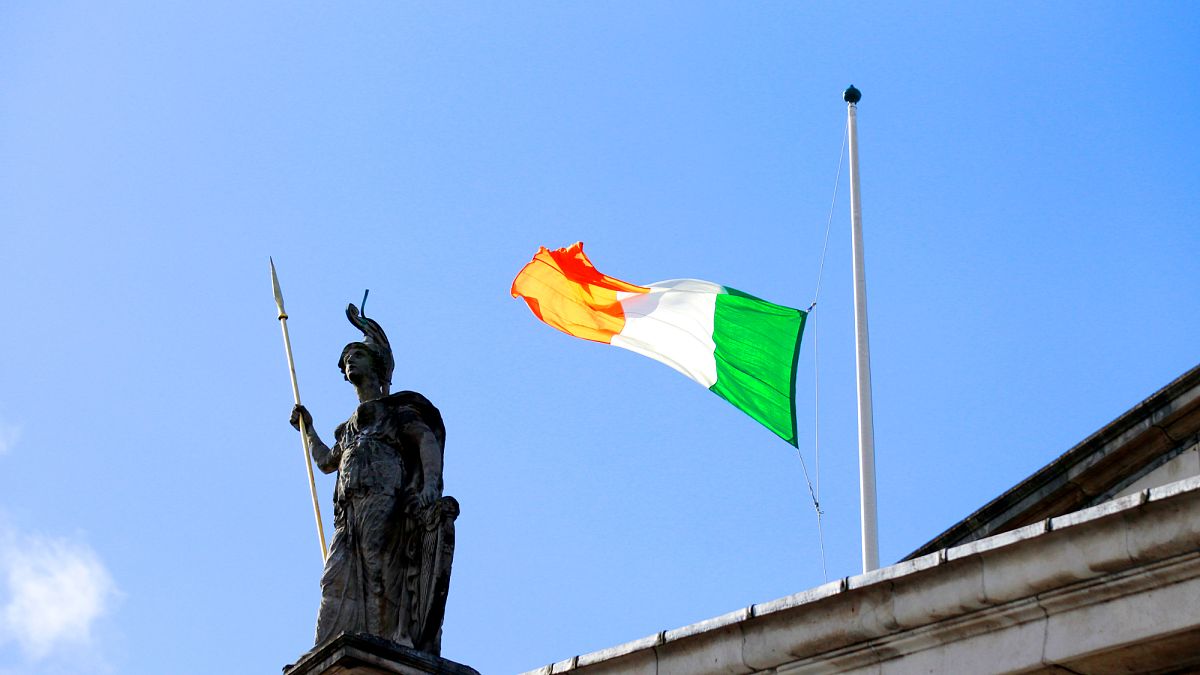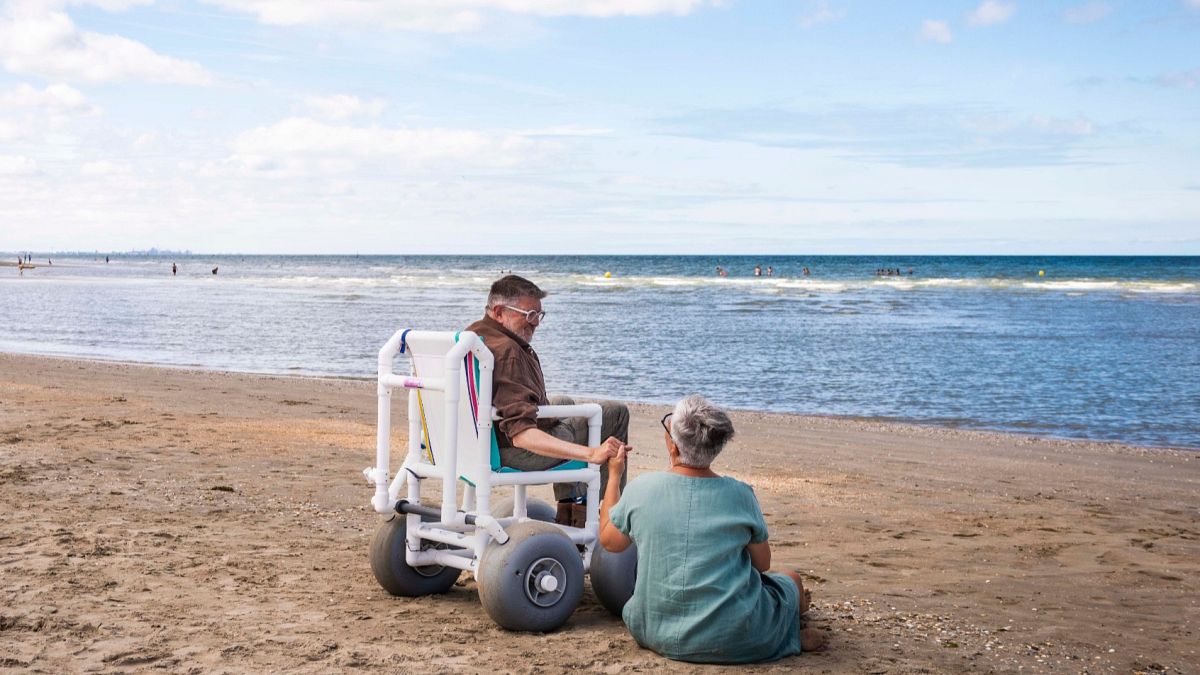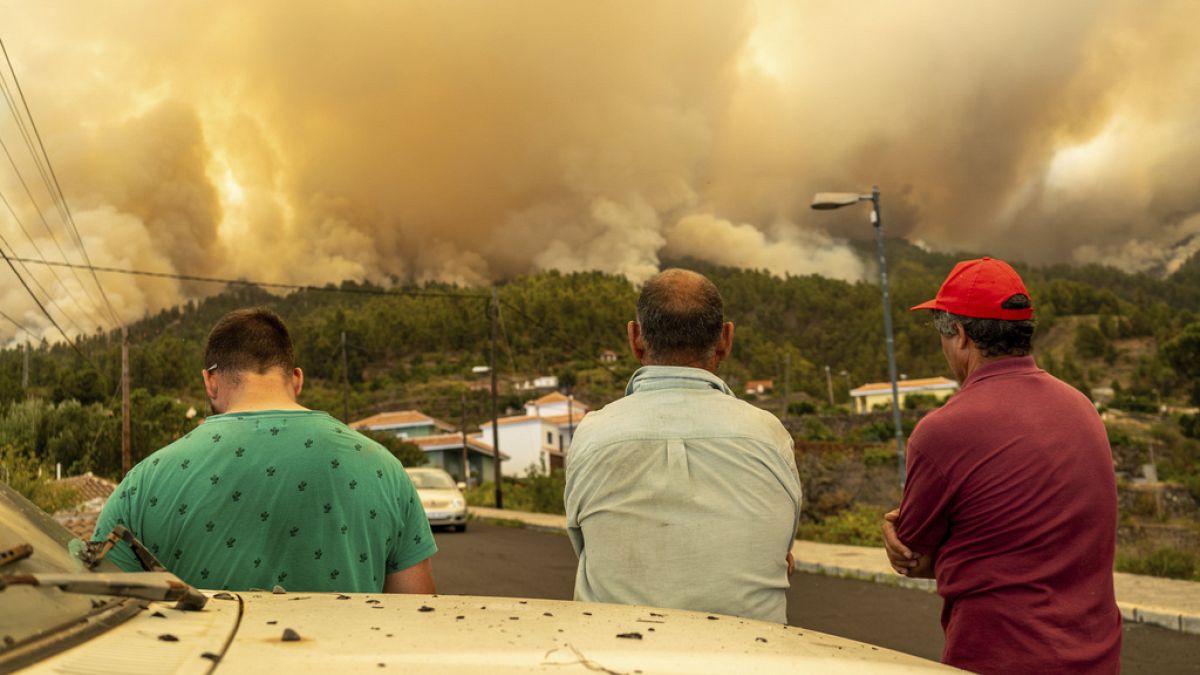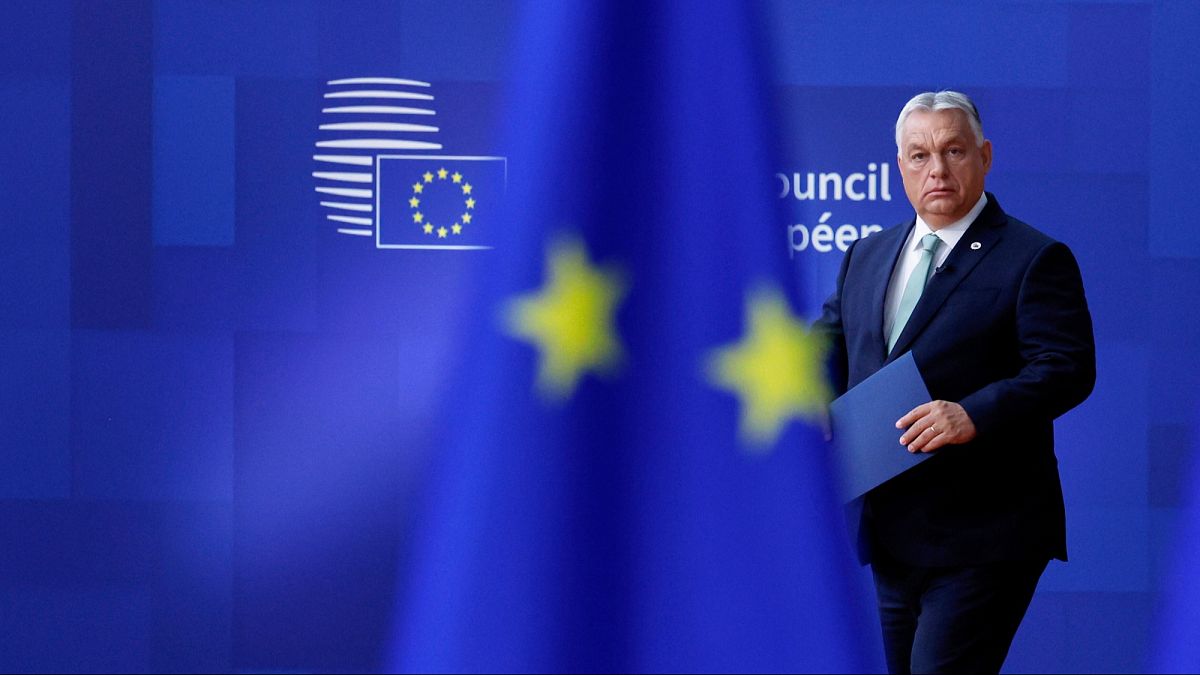Théophile Humann-Guilleminot grabs his 100,000 euro suitcase, a special high-tech camera: “Today we are going on the hunt for methane emissions in Croatia. We analyse oil and natural gas plants.” Thermal imaging technician Theo works for the international climate protection organisation CATF and has already undertaken 500 “methane hunts” from Romania to Spain. He always found what he was looking for!
Methane is responsible for a third of global warming. In a 20-year comparison, methane is even 80 times more harmful to the climate than CO2. Agriculture, poorly sealed landfill sites and the use of fossil fuels are the main man-made sources.
Compared to pre-industrial levels, the methane content in the atmosphere has risen by 260 per cent. Since 2000, so much methane has been added every year that the climate damage is as great as that caused by 350 million cars. If nothing changes, the Earth could become up to four degrees Celsius hotter by the end of the century.
Methane escapes particularly during the extraction, processing, transport, distribution and storage of natural gas. The climate killer is released into the air from boreholes and flaring, as well as from leaking pipelines and compressor stations.
Together with 159 partner countries, the European Union has committed to reducing methane emissions worldwide by a third between 2020 and 2030. The EU Methane Regulation, which has been in force since summer 2024, is intended to help with this:
- Companies need to monitor their systems better.
- All methane emissions must be accurately recorded.
- Routine flaring is prohibited.
- Leaks must be repaired immediately.
Theo has set up his special camera in front of a processing plant in Velika Ludina, right on the edge of the village: “I’m afraid we’ll discover leaks in the storage tanks, they look dilapidated.”
Instead of feeding methane back into the system, some companies prefer to invest in new oil and gas fields, which brings higher profits in the short term. The problem often lies with subcontractors – or there is a lack of technical knowledge and goodwill.
Workers wearing gas masks move between the valve wheels and tanks. Théophile looks at his detector: “A leak! This is madness! That’s intentional, they know they’re releasing this gas.” One of the tank caps has been opened, “they want to let the oil breathe”, explains CATF expert Theo, the system is “ventilated”, the methane is released into the ambient air. “The new methane regulation in Europe states that this practice is prohibited,” emphasises Theo.
A few kilometres further on, in the middle of the small town of Dugo Selo, we discover a flame, a kind of “waste product” of oil extraction and processing. Suddenly we hear a hiss, and the flame is now several metres high. “This practice of flaring is prohibited in the EU,” says Theo. “We have had the EU Methane Regulation since August 2024, and burning gas in this way is not legal.”
In Paris, I meet the methane expert from the International Energy Agency, Tomás de Oliveira Bredariol. How can methane emissions be prevented from being concealed? “There is satellite data. We also need measurements on the ground,” says de Oliveira. Independent supervisory authorities should be involved here.
But aren’t methane emissions completely inadequately recorded? De Oliveira agrees: “If we combine all officially reported emissions, we arrive at 40 million tonnes of methane emissions from the oil and gas sector. Our own IEA estimate is 80 million tonnes of methane, which is twice as much!”
And why is methane so dangerous? De Oliveira: “Methane is responsible for around 30 per cent of global warming to date. Methane emissions from fossil fuels are expected to fall by 25 % by 2030. That is a far cry from what we need, namely a reduction of 75 per cent.”






